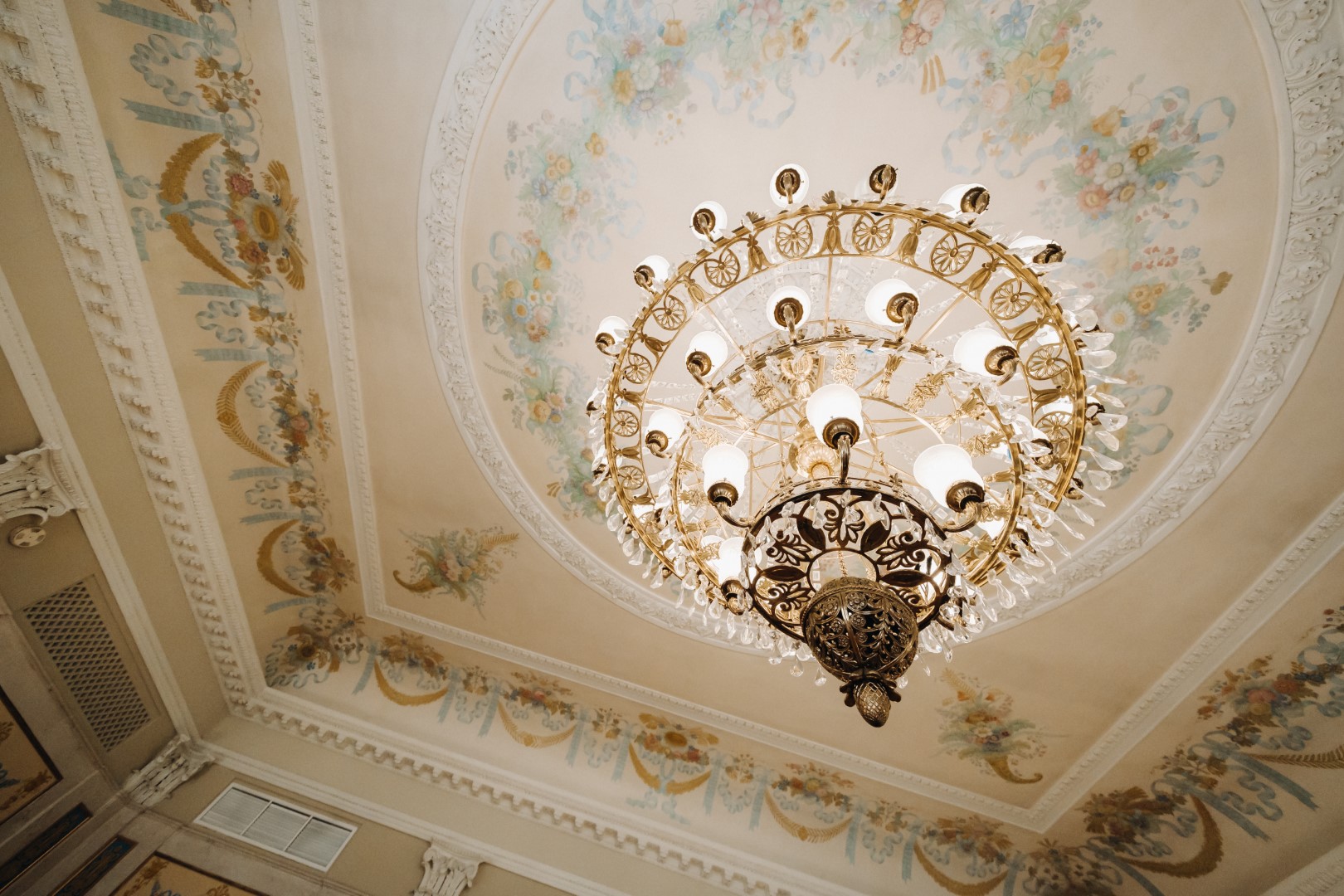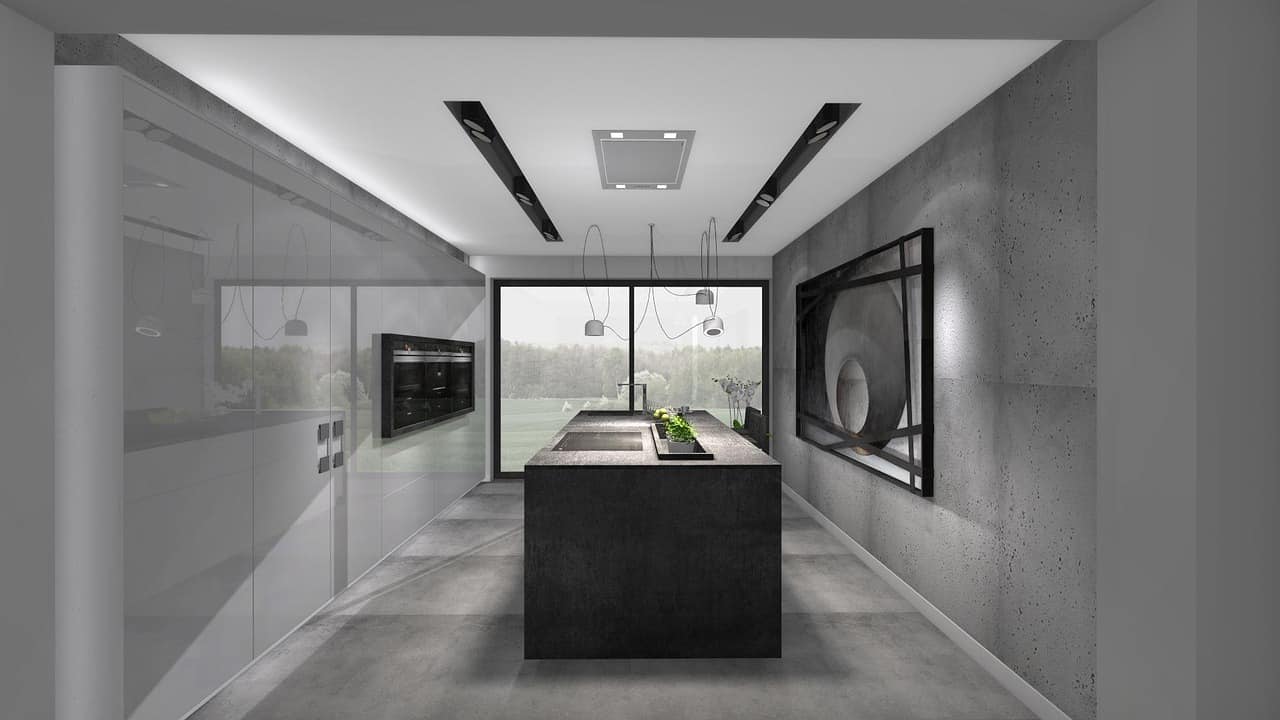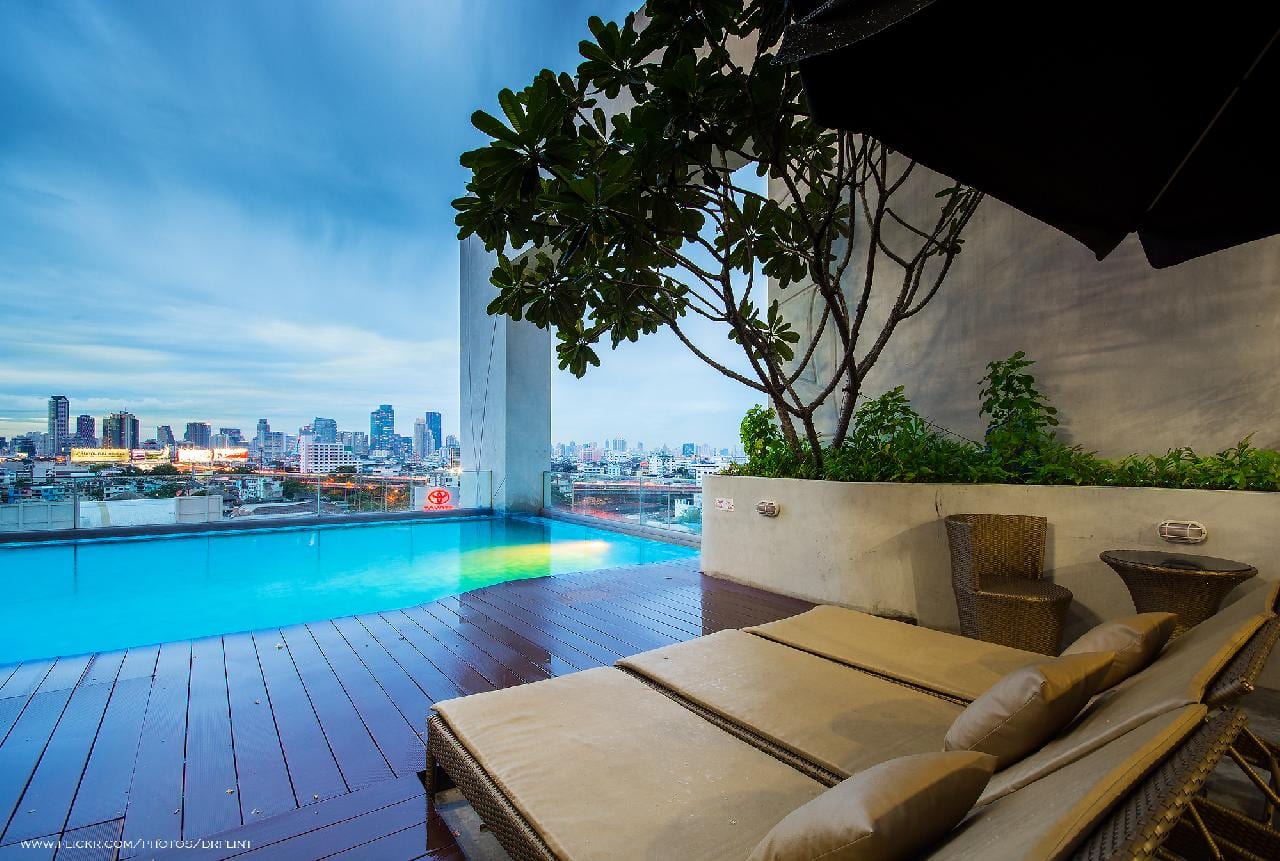Key Takeaways:
- Chandeliers have undergone a significant evolution from their origins to the modern day.
- They remain a symbol of sophistication and are integral to crafting the ambiance within an interior space.
- Technological advancements have made chandeliers more energy-efficient and accessible to integrate into smart home systems.
- When choosing a chandelier, consider size, style compatibility, and material quality.
- Though styles may change, the chandelier’s role as a central decorative piece in design remains constant.
Table of Contents:
- The Rich History of Chandelier Lighting
- Chandeliers as a Symbol of Luxury and Status
- Functional Versatility of Chandelier Lighting
- Technological Advancements in Chandelier Design
- Crafting the Perfect Ambiance with Chandelier Lighting
- Critical Considerations in Choosing a Chandelier
- Installation and Maintenance of Chandeliers
- Chandelier Trends in Interior Design
- Global Influences on Chandelier Styles
- The Evergreen Appeal of Chandelier Lighting
The Rich History of Chandelier Lighting
The tale of chandelier lighting begins in the murky corridors of medieval churches and the great halls of castles, where they first served both a practical and aesthetic purpose. Initially simple in design, these early chandeliers were the preserve of the elite, symbolizing not only wealth but technological progress. With the Renaissance came a philosophical and artistic explosion; concurrently, chandelier design was revolutionized, incorporating precious metals and crystals and this period also marked the technique of angling lights to illuminate frescoes and artwork—effectively changing the chandelier from a light source to a spectacle of artistic expression.
However, the advent of electricity democratized this opulent light fixture, making beautiful chandelier lighting available to the burgeoning middle class and adorning more than palaces and mansions. This pivotal technology brought an inflection point in the design and function of chandeliers, providing a fascinating window into how technology reshapes art and living.
Chandeliers as a Symbol of Luxury and Status
From the outset, chandeliers have been interwoven with connotations of affluence and grace. In the halls of power, a statement piece dripping with crystal facets became fixtures in the true sense: immovable symbols of majestic permanence. As decorative trends ebbed and flowed through eras, the chandelier retained its elevated position—a centerpiece that spoke volumes of a home’s or establishment’s bearings. While grand chandeliers were once the singular domain of aristocrats and nobility, they now grace the modern abode as a homage to classical pizzazz or, perhaps, an ironic gesture to a more starry-eyed past.
Functional Versatility of Chandelier Lighting
The aesthetic gravitas of chandeliers is their most immediate and apparent attribute, yet this belies their equally pivotal role in lighting functionality. Far from mere showpieces, chandeliers have been innovatively adapted to cast an array of lighting ambiances—sufficient to spotlight the grandest festivities yet capable of dialing back to a subtle luminescence that softens rather than starkly reveals. This duality of function resonates strongly with the practical demands of modern living, where layered lighting has become essential to cater to both the required and the desired.
Technological Advancements in Chandelier Design
Like many other facets of the modern home, chandeliers have embraced the age of digitization and sustainability. LED lights have redefined both the lifespan and the efficiency of chandelier bulbs, creating a union of old-world elegance and contemporary sensibility. The integration of smart technology has further placed chandeliers at the forefront of home automation, allowing for granular control over brightness and even color temperature—transforming moods with the simplest of commands. Smart chandeliers can be synchronized with the rhythms of natural light or set to complement the beat of modern life—responsive, intuitive, and seamlessly integrated into the personalized home experience.
Crafting the Perfect Ambiance with Chandelier Lighting
The allure of chandeliers is deeply tied to their unparalleled ability to influence and define the spatial experience. An expertly selected and placed chandelier can become the maestro of mood, orchestrating light and shadow to the tune of life unfolding beneath it. The interplay of light on varied textures and surfaces—the gentle kiss of luminescence on velvet drapes or the vibrant dance of light on polished wood—charges a space with character and intent. This transformative power makes a chandelier more than mere decor; it becomes the creator of stories and memories within the enclosed theatre of home.
Critical Considerations in Choosing a Chandelier
The journey of choosing the right chandelier for one’s space invokes a surprisingly complex interplay of considerations. Size and scale are the starting points, as the room’s physical dimensions dictate the proportions of the chandelier for aesthetic harmony. Beyond raw measurements, there is a dialogue with the room’s color scheme, existing fixtures, and even the intended furniture layout. Chandelier style choice should be a reflection of a well-considered interior design strategy, ensuring fluency across different elements—a modern abstract design might seem out of place in a room with Victorian-inspired décor, just as a Flemish bronze chandelier could clash with the starkness of industrial minimalism.
Installation and Maintenance of Chandeliers
The dazzling spectacle that a chandelier offers belies the installation effort it demands. Weight considerations and the intricacy of design often command a professional hand, ensuring secure and safe installation. Post-installation, the focus shifts to the stewardship of its elegance—cleaning individual crystals, regular bulb replacements, and monitoring for electrical concerns. A well-maintained chandelier becomes a lasting artifact, a luminous thread woven through the fabric of a home’s history.
Chandelier Trends in Interior Design
Like the grandfather clock’s pendulum, chandelier design trends sway between the ornate and the unadorned, reflecting the broader design zeitgeist. Present trends exhibit a penchant for the minimalistic, embracing industrial materials and lines spoken in the language of simplicity. Yet there is also a countervailing resurgence of the ornate, a yearning for the decorative heft of yesteryears—a phenomenon observed in the profound inclusion of chandeliers as central to the character of modern millennial homes. Informed by this wistful juxtaposition, contemporary chandelier design is a dialogue between the legacy of the past and the promise of the future.
Global Influences on Chandelier Styles
The narrative of the chandelier is rich with the voices and visions of different cultures. From the ornate filigree work evoking Middle Eastern luxury to the stark zen-inspired lines reflective of East Asian restraint, chandeliers today are a testament to a cultural osmosis. Enlightenment-era Europe may have laid the foundational designs. Still, today’s chandeliers pull threads from a tapestry of global design vernacular, creating pieces deeply rooted in history and vibrantly alive with a cosmopolitan ethos.
The Evergreen Appeal of Chandelier Lighting
The chandelier’s endurance in changing trends speaks to more than its functionality; it is a space sculptor and an atmosphere arbiter. The enduring appeal of chandeliers lies in their duality—an abiding nod to tradition coupled with a chameleon-like adaptability that embraces innovation. In this delicate balance of old and new, chandeliers continue to shine, a beacon of style and sophistication that remains steadfast. Whether through artful design that converses with emerging trends or through technological advances that redefine experience, chandeliers promise to remain an integral, illuminated thread in the fabric of interior design—for now and for generations to come.
Discover more from Futurist Architecture
Subscribe to get the latest posts sent to your email.



